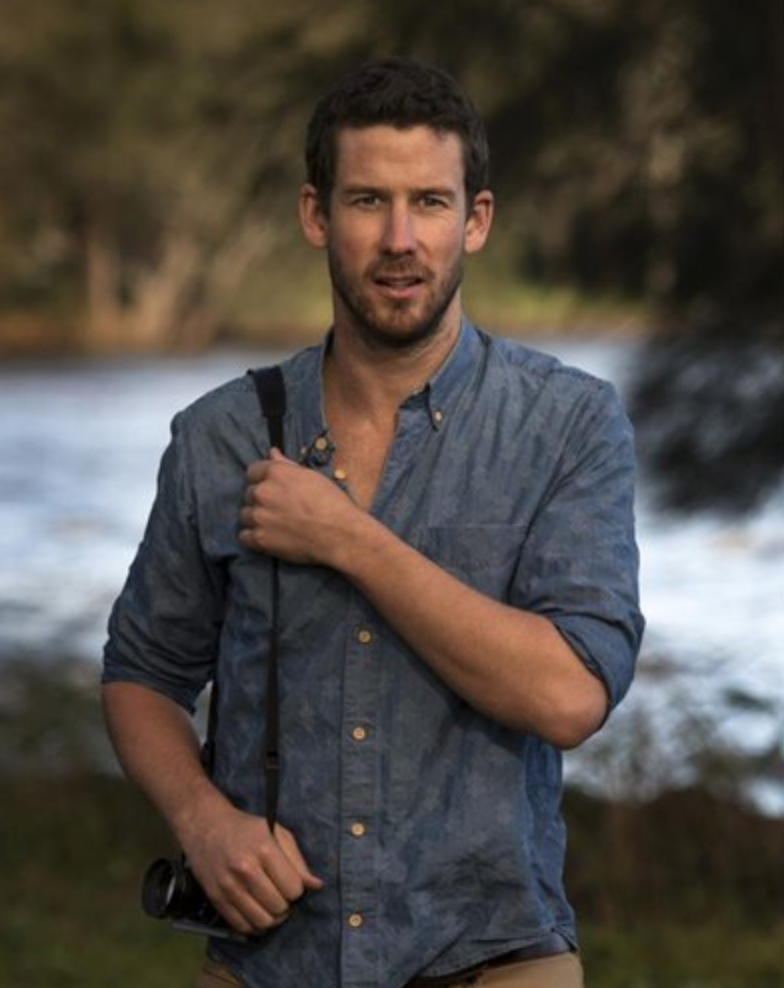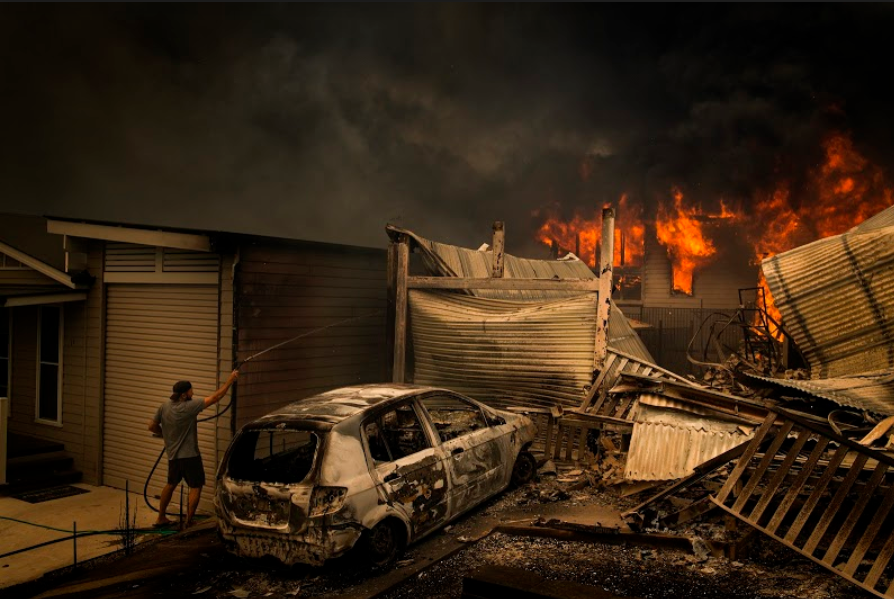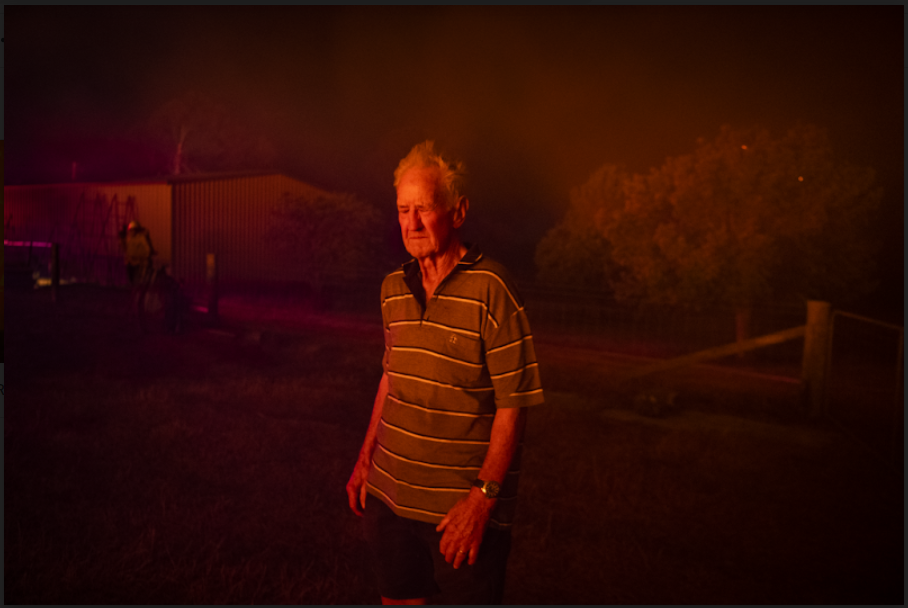The annual fire season in Australia began early and was exceptionally severe—following months of record-breaking drought and fanned by strong winds. Far stronger wildfires than usual, mostly battled by volunteer firefighters, raged through New South Wales and Victoria as well as areas in South Australia and Queensland, laying waste to bushland and rainforest and destroying homes. By the end of January 2020, more than 30 people had been killed, 3,000 homes lost, and around 12.6 million hectares of land burned (nearly three times the size of the Netherlands). Wildlife was harshly hit. Local scientists estimated that up to one billion animals perished, and more than 50% of the Gondwana rainforest traversing New South Wales and Queensland was burned. In December, while the intensity and speed at which many bushfires were spreading increased, Australian prime minister Scott Morrison went on holiday to Hawaii, and was prompted to return only after the death of two volunteer firefighters. He continued to champion a pro-fossil-fuel policy and held back from linking the fires to the climate crisis.

Matthew Abbott is a documentary photographer based in Sydney. He studied International Photojournalism at the Danish School of Journalism and completed a Masters of Arts at Sydney University.
He is recognized for photographing social, cultural and political stories covering contemporary suburban and regional Australia.
Abbott is interested in intimate storytelling, shining a light on quiet moments that usually go unseen. He believes that storytelling works best when it comes from a close connection to its subjects.
He is a regular contributor to The New York Times. His work has been recognised through a number of prestigious awards, including winning the inaugural 2019 Rust Belt Biennale and the 2018 and 2019 Nikon-Walkley Journalism Award for Australian Daily life and the World Press Photo in the Spot News category.
He is represented internationally by Panos Pictures, and is a current member of the Oculi collective, a co-operative of Australian visual storytellers.
Lodi, Palazzo della Provincia
via Fanfulla, 14
ADMISSION FEE


